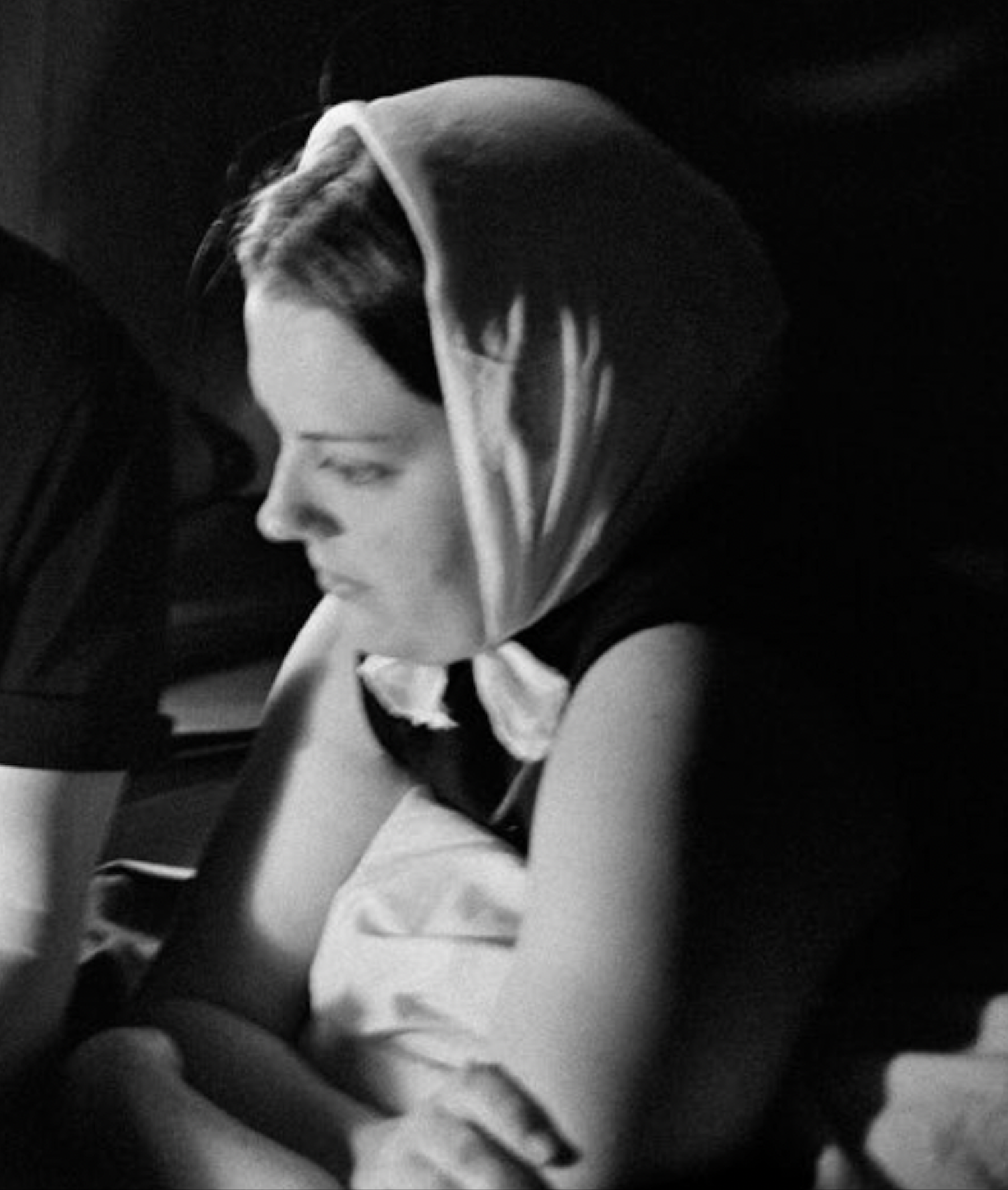By Lynn Burnett
As the sit-in movement swept the South early in 1960, Black freedom struggle elder and master organizer Ella Baker convened a meeting to bring student leaders together. Out of this meeting grew the most important grassroots organization of the civil rights movement: the Student Nonviolent Coordinating Committee.
Ella Baker asked Jane Stembridge, one of the only White students to attend the founding meeting, to consider leaving her theological studies and help administer the new civil rights organization. As sit-ins continued to break out in many cities, part of Jane’s job was to make contact with local sit-in leaders, find out what their needs were, connect them to organizers in their region, and plug them into SNCC. When people wrote to SNCC asking what they could do for the movement, Jane was often the one to respond.
As she helped to organize SNCC’s second major conference in October 1960, Jane noticed that there were no participants from the most dangerous and isolated parts of the South. She discussed this with her close colleague, Bob Moses… and those conversations helped Bob decide that he was going to go into those areas and organize. Bob Moses’s work in the most dangerous parts of the South made him legendary, and led to some of the civil rights movement’s most important voting rights work.
Jane Stembridge also worked closely with Bayard Rustin, putting his organizing genius into the service of SNCC. When SNCC severed its ties with Rustin to avoid a scandal over his sexuality, Stembridge, who was also gay, was infuriated. Patriarchy and homophobia had played a key role in pushing her into the civil rights movement: as she later commented, “we had to find a husband, we had to be subservient to that man, and I’m like this is bullshit . . . I couldn’t work with that. And that anger and sense of injustice was in me . . . its part of what propelled me into the civil rights movement, my own sense of repression.”
Jane was deeply hurt to find such oppression even within spaces committed to liberation. In 1964 that hurt, and particularly the way Rustin had been treated, led her to leave SNCC.
Additional Resources
Civil Rights Movement Veterans: Remembering Jane Stembridge.
SNCC Digital Gateway bio.
Jane Stembridge:
- Interview, 1966/67.
- Interview, 1997.
- A few poems by Jane.
Jane Stembridge (books):
- Don’t Ask Me to Sing If You Don’t Want to Hear (Some Clues to What’s Going on These Days).
- I Play Flute and Other Poems.
- Freedom school notes.
Alice Walker Official Website: Jane Stembridge, Sister Southerner from Georgia ¡Presente!
